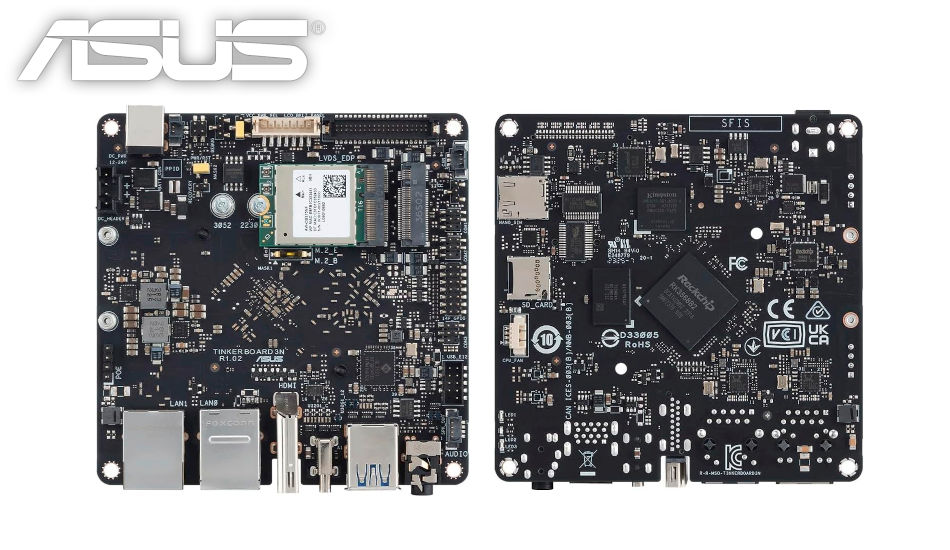
ASUS Set to Rival Raspberry Pi with Tinker Board 3N Lite and Tinker Board 3N Plus Boards
ASUS Expands its Single-Board Computer Lineup with Enhanced Features and Options
NEWS Computer February 22, 2024 Reading time: 2 Minute(s)
ASUS has recently introduced two new members to its Tinker Board series: the Tinker Board 3N Lite and the Tinker Board 3N Plus. Building upon the success of their predecessors, these latest additions bring enhanced features and options to meet the evolving needs of developers, enthusiasts, and DIY enthusiasts.
Continuing the tradition of compact design and powerful performance, both the Tinker Board 3N Lite and Tinker Board 3N Plus maintain the popular 100 x 100 mm form factor of the Tinker Board series. Under the hood, they are equipped with the advanced Rockchip RK3568 chipset, ensuring efficient and reliable operation for a wide range of applications.
Key features of the Tinker Board 3N Lite and Tinker Board 3N Plus include a quad-core ARM Cortex-A55 CPU clocked at 2 GHz, a Mali-G52 GPU, and a dedicated NPU (Neural Processing Unit). These components work seamlessly together to deliver impressive processing power and graphics performance, making the boards suitable for tasks ranging from multimedia playback to AI inference.
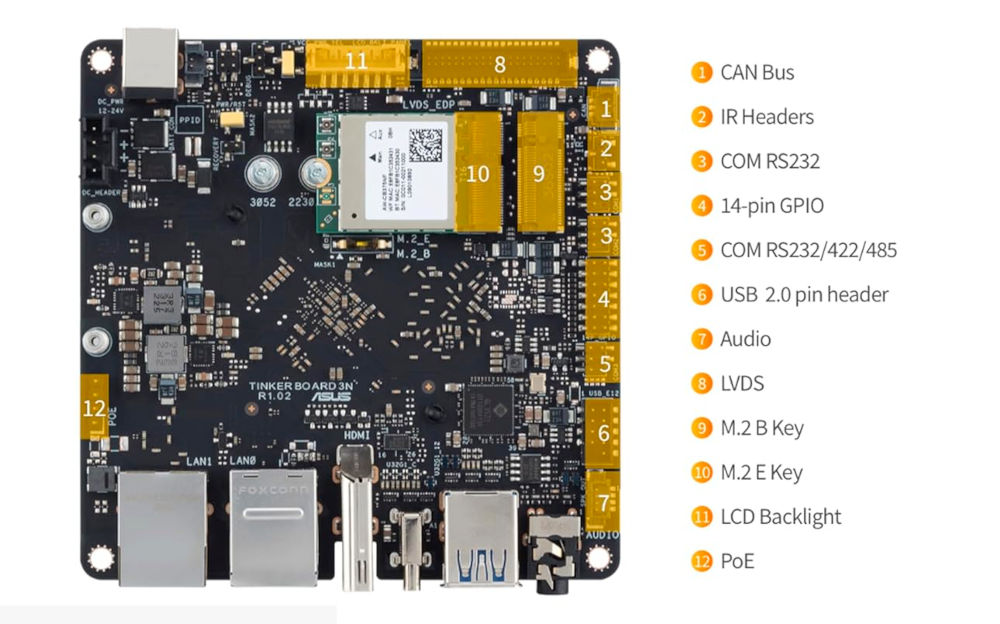
Memory capacity is another area where these new models excel. While both boards offer a minimum of 2 GB of LPDDR4x RAM, the Tinker Board 3N Plus stands out with an optional 8 GB SKU, providing ample memory for demanding applications and multitasking scenarios. On the other hand, the Tinker Board 3N Lite offers a more budget-friendly option with up to 4 GB of RAM.
In terms of connectivity and expandability, ASUS has made some adjustments to cater to different user requirements. The Tinker Board 3N Lite, for instance, sacrifices some I/O options compared to its siblings, such as dropping an M.2 3042/3052 slot and certain Ethernet and COM 232 connections. Additionally, it forgoes a CAN Bus 2.0B FD header. However, these trade-offs enable ASUS to offer the Tinker Board 3N Lite at a competitive price point, making it an attractive choice for cost-conscious users.
Meanwhile, the Tinker Board 3N Plus introduces enhanced temperature resistance, boasting an operating range of -40°C to +85°C. This improvement ensures reliable performance even in harsh environmental conditions, making the board suitable for outdoor and industrial applications. However, users should note that this extended temperature range comes at an additional cost, with ASUS pricing the Tinker Board 3N Plus slightly higher than its counterparts.
For more information about the Tinker Board 3N Lite and Tinker Board 3N Plus, please visit ASUS's official product pages.
Purchase the Thinker Board 3N board on Amazon US / Amazon EU*
IMAGES CREDITS: ASUS
ASUS Tinker Board Single Board Computers SBCs Computer Hardware Rockchip RK3568 Technology News RSMax
*Our pages may contain affiliate links. If you buy something via one of our affiliate links, Review Space may earn a commission. Thanks for your support!
THE LATEST
CATEGORIES




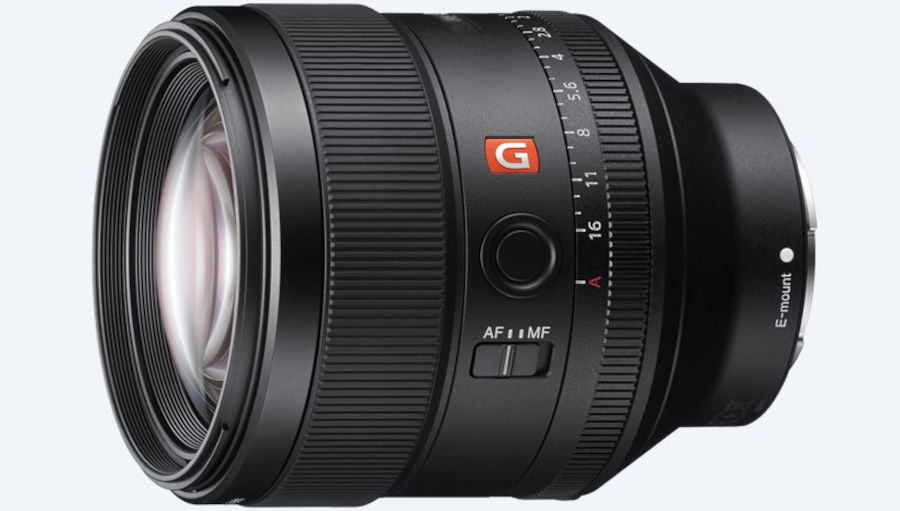

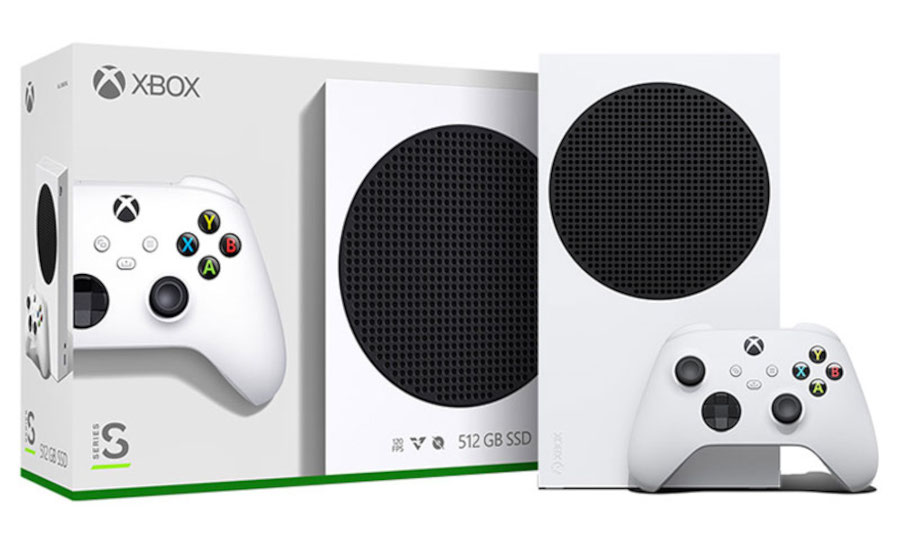


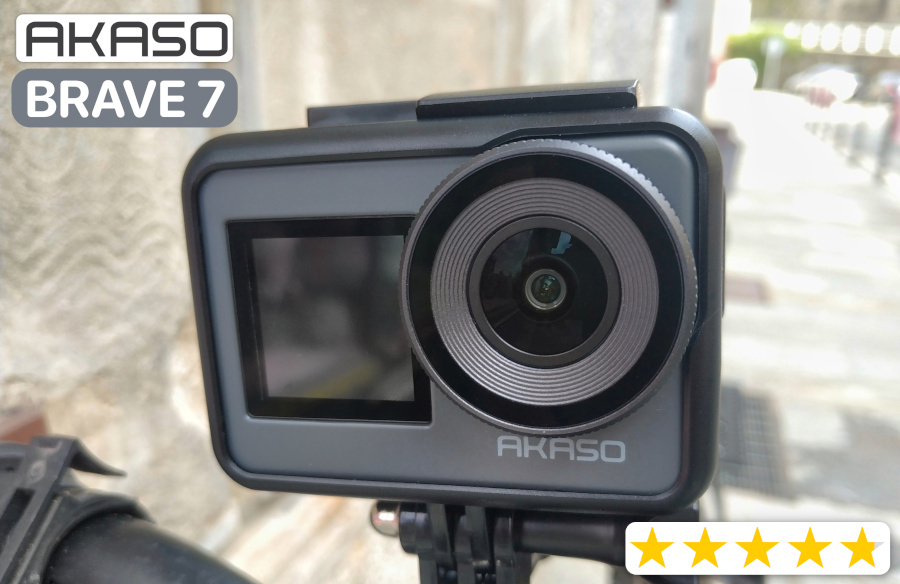









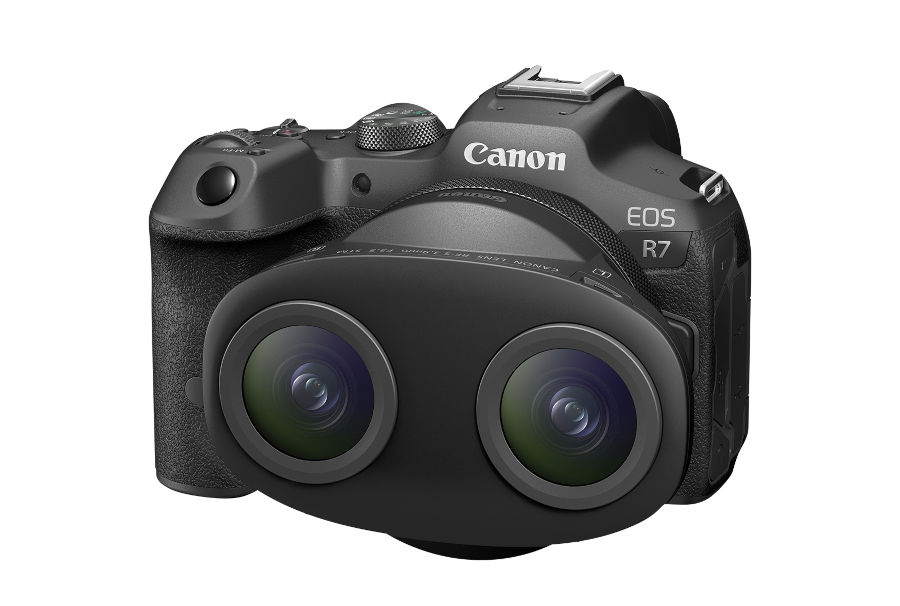
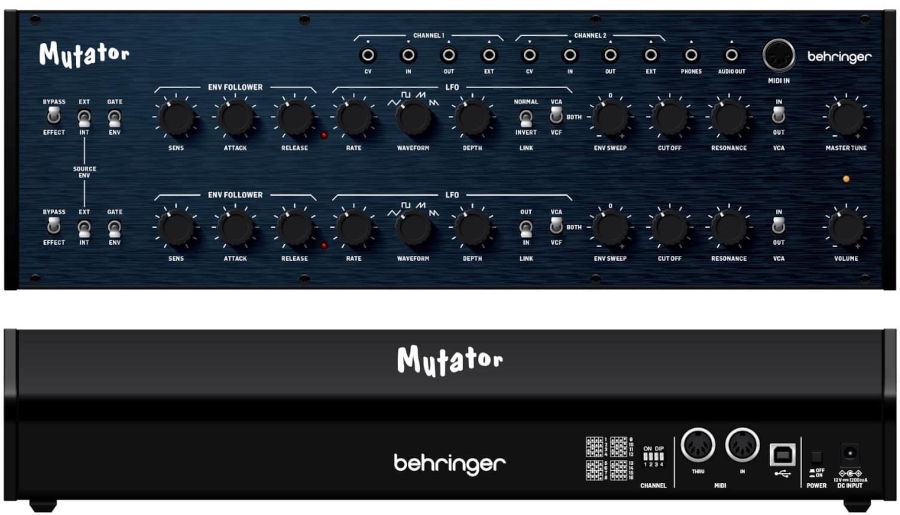




COMMENTS